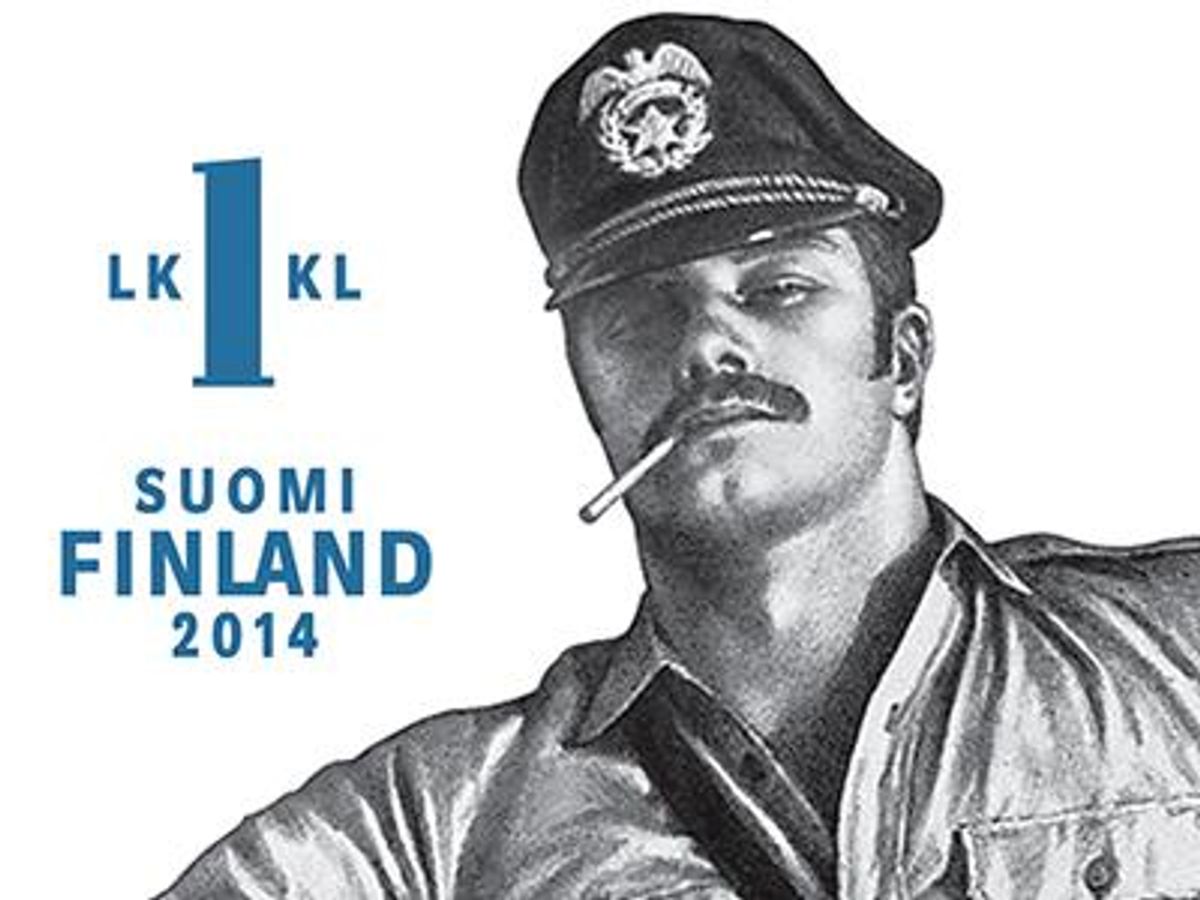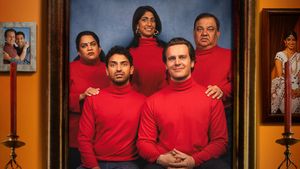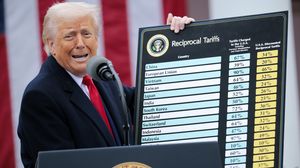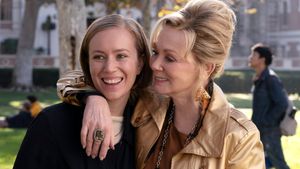I have a friend who has very strong opinions of how the matters of the world should be. For instance, he firmly believes that no one should try to be an entrepreneur in Finland right now, due to our current economic recession. In his mind, there is no chance that any business venture could succeed. He had also been convinced that hell would freeze over before gays would be allowed to get legally married in Finland.
I debated these points with him over and over again. None of my arguments seemed to turn his head. But then came November 20, 2014, the day his words of protest fell silent.
On that day, my company, Finlayson, launched a home textile collection based on the art of Touko Laaksonen, a.k.a Tom of Finland, to a global market. It was also the day that the Finnish Parliament decided in favor of a marriage equality law, contrary to my friend's and Finnish media's expectations. In the same stroke, our Tom of Finland collection, which includes bed linens, towels, and bags, became an instant international phenomenon and a commercial success, breaking all the previous sales records on our web shop.
What does this tell us? I think the obvious answer is that the world needs more bravery -- not only to beat the recession by trying something new, but to make and see things differently in business, art, society, and all aspects of life.
Touko Laaksonen was a brave Finn. He became a world-famous artist in an era that was not that respectful or permissive of his sexual orientation. His work required a lot of determination and courage. Laaksonen's art and actions inspired generations of gay men around the world by giving them encouragement and hope.
The world was not ready for his art at first, but it warmed up gradually, year by year, from the 1970s onward. Today, his artwork has been displayed in many world-class museums, including the Museum of Modern Art in New York, the Art Institute of Chicago, and the Los Angeles County Museum of Art.
Although Laaksonen's art has been well-known within the gay community from the beginning, and his work has been displayed widely in other countries, he was not relatively well-known in his home country until two months before his death in 1991, when he received the prestigious Puupaahattu award, which is given to meritorious illustrators.
But the majority of Finns came to know Laaksonen only recently due to the release of the Tom of Finland stamps issued by the Finnish Post, and now, because of our collection, which we developed in partnership with the Tom of Finland Foundation. We don't know how all this exposure has affected public opinion on gay right issues in Finland, but the commercial success of stamps and textiles is making a strong statement for equality. The superb art of Laaksonen and the message it conveys are a powerful combination. This must have an effect.
When thinking about the same-sex marriage vote in the Finnish Parliament, and also our presidential election in 2012, one can say that Finland is divided in relation to tolerance for sexual minorities. Our same-sex marriage law passed by 105 votes against 92 votes in opposition. But an openly gay candidate lost the two-candidate final round in our presidential election, collecting 37.4 percent of the popular vote. However, Finland is better off than many other countries and is on the right path.
We know our collection will no doubt divide opinions and even be seen in a negative light, but 80 percent of the feedback from our customers has been positive. We intend that most people see the collection as an act of tolerance.
This is not the first time our company, Finlayson, has dealt with difficult and divisive issues. Our founder, James Finlayson, was a courageous trailblazer and conveyor of new ideas. In 1882 he installed the first-ever electric lighting system in the Nordic countries. At the time, the older generation saw electric lighting as the "devil's work" and refused to come to work to our factory.
Even though the world has since become more tolerant and a less devilish place, there is still a lot work to be done. We have come this far with the help of pioneers like Laaksonen, and it is now our turn to continue his work.
As an entrepreneur, I feel strongly that companies should be braver to take a stand on different societal issues, including global warming, equality, poverty, and human rights.
By launching the Tom of Finland collection, we wanted to send a strong message of tolerance to everyone, including my ever-pessimistic friend. But we also wanted to beat the recession by trying something new and bold -- as Touko Laaksonen did 70 years ago and James Finlayson did many decades before that.
JUKKA KURTTILA is the CEO of Finlayson Ltd., one of Finland's oldest companies. To find out more about its Tom of Finland line, visit its website.


















































































